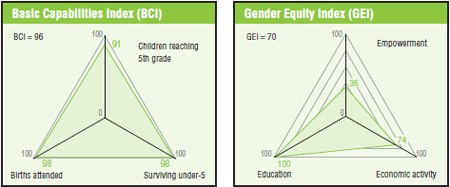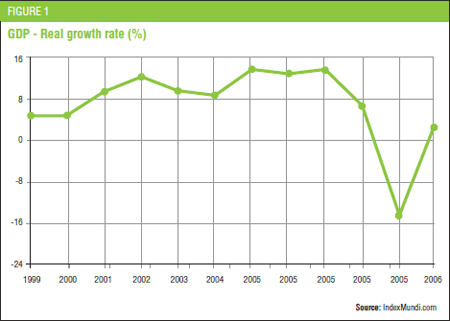A 5.1 earthquake centered at LaHabra near Los Angeles rolled Southern California Friday evening, the USA Today reported.
The strong earthquake was felt widely across the region shortly after 9
p.m. PT. The U.S. Geological Survey said the quake was centered near
Brea in Orange County — about 20 miles southeast of downtown Los
Angeles.
It was followed by a series of smaller aftershocks over the next 45
minutes. The 5.1 quake was preceded by a 3.6 quake an hour earlier.
The larger quake rattled bookshelves across the region, and police and fire officials said they were looking for any damage.
A broken water main in Fullerton, not far from the center of the quake,
was attributed to the temblor, the Orange County Register reported in a
tweet.
Los Angeles Department of Public Works said it was sending crews to check dams, bridges and other infrastructure for damage.
Callers to KNX-AM reported seeing a brick wall collapse, water sloshing
in a swimming pool, and wires and trees swaying back and forth.
The Los Angeles Fire Department says it is also looking for signs of damage or injuries.
Friday's quake hit a week after a pre-dawn magnitude-4.4 quake centered
in the San Fernando Valley rattled a swath of Southern California. That
jolt shook buildings and rattled nerves, but did not cause significant
damage.
Southern California has not experienced a damaging earthquake since
the 1994 magnitude-6.7 Northridge quake killed several dozen people and
caused $25 billion in damage.





















